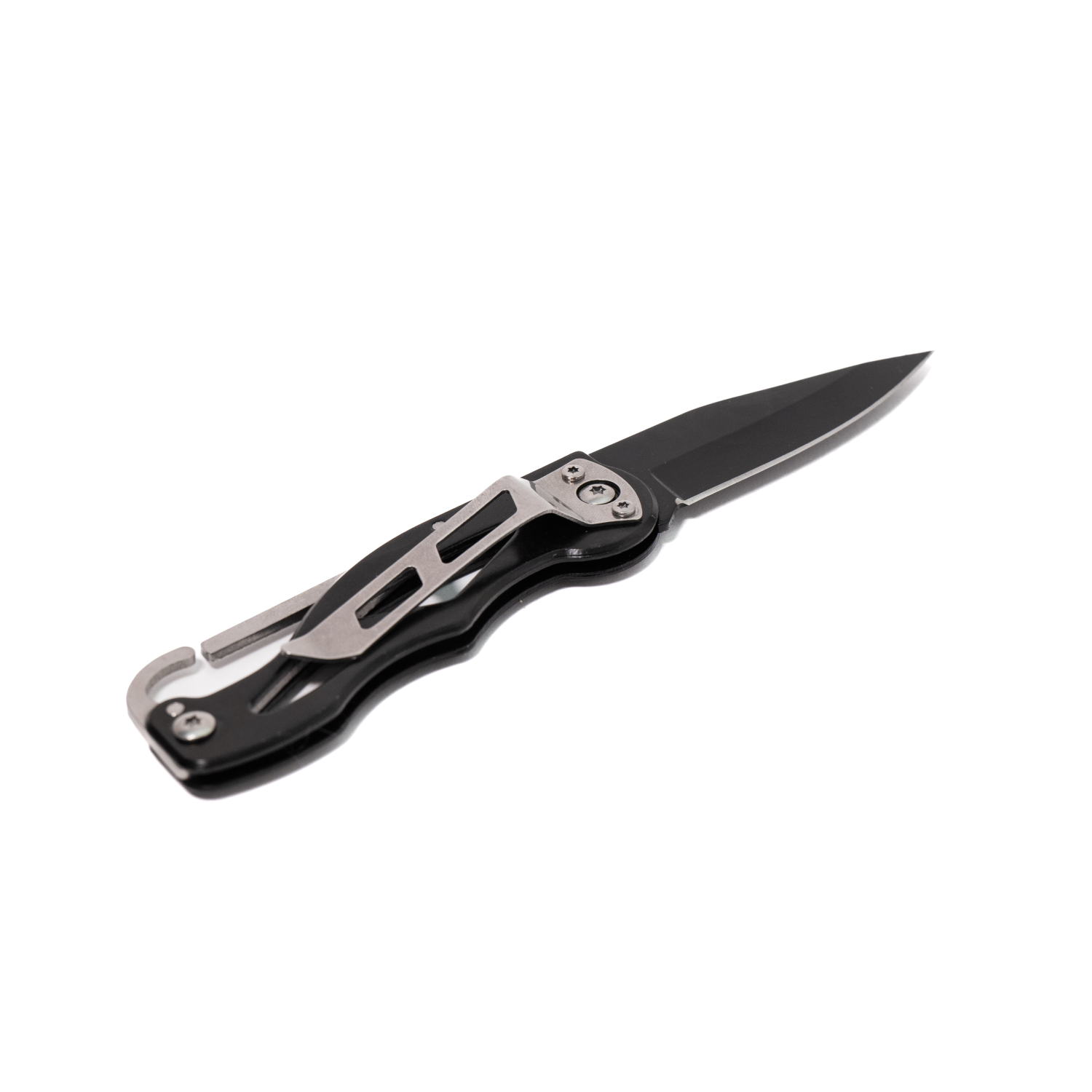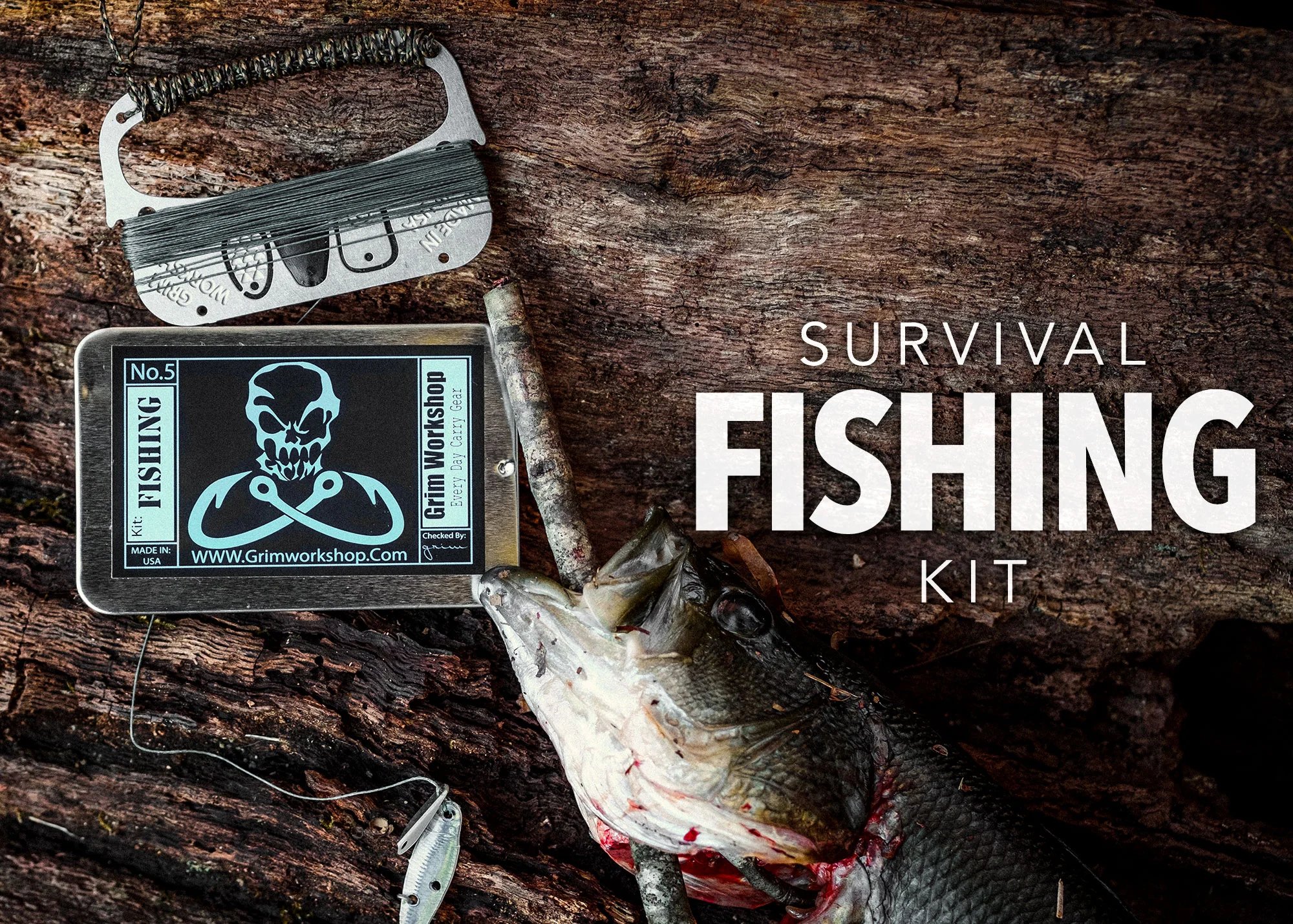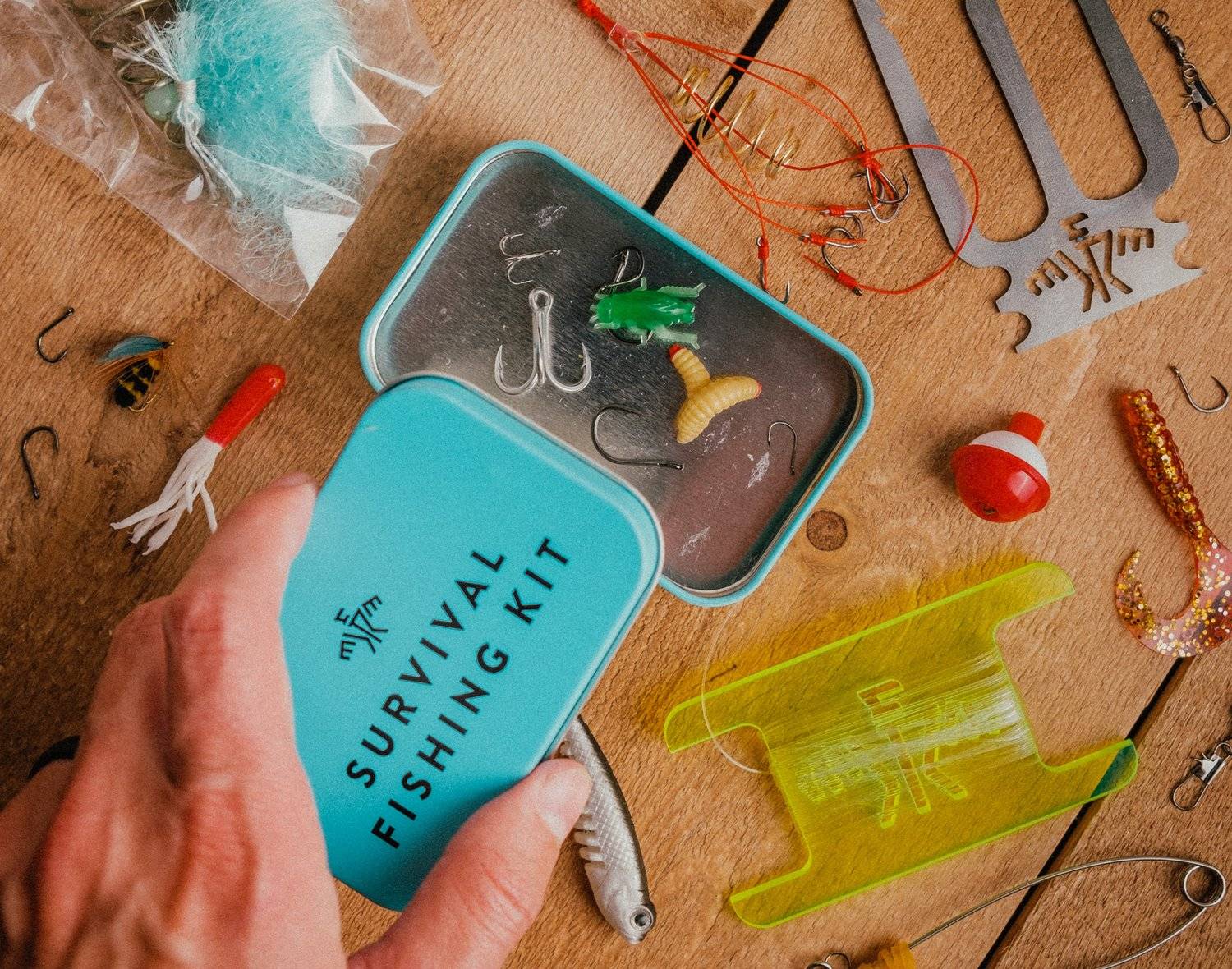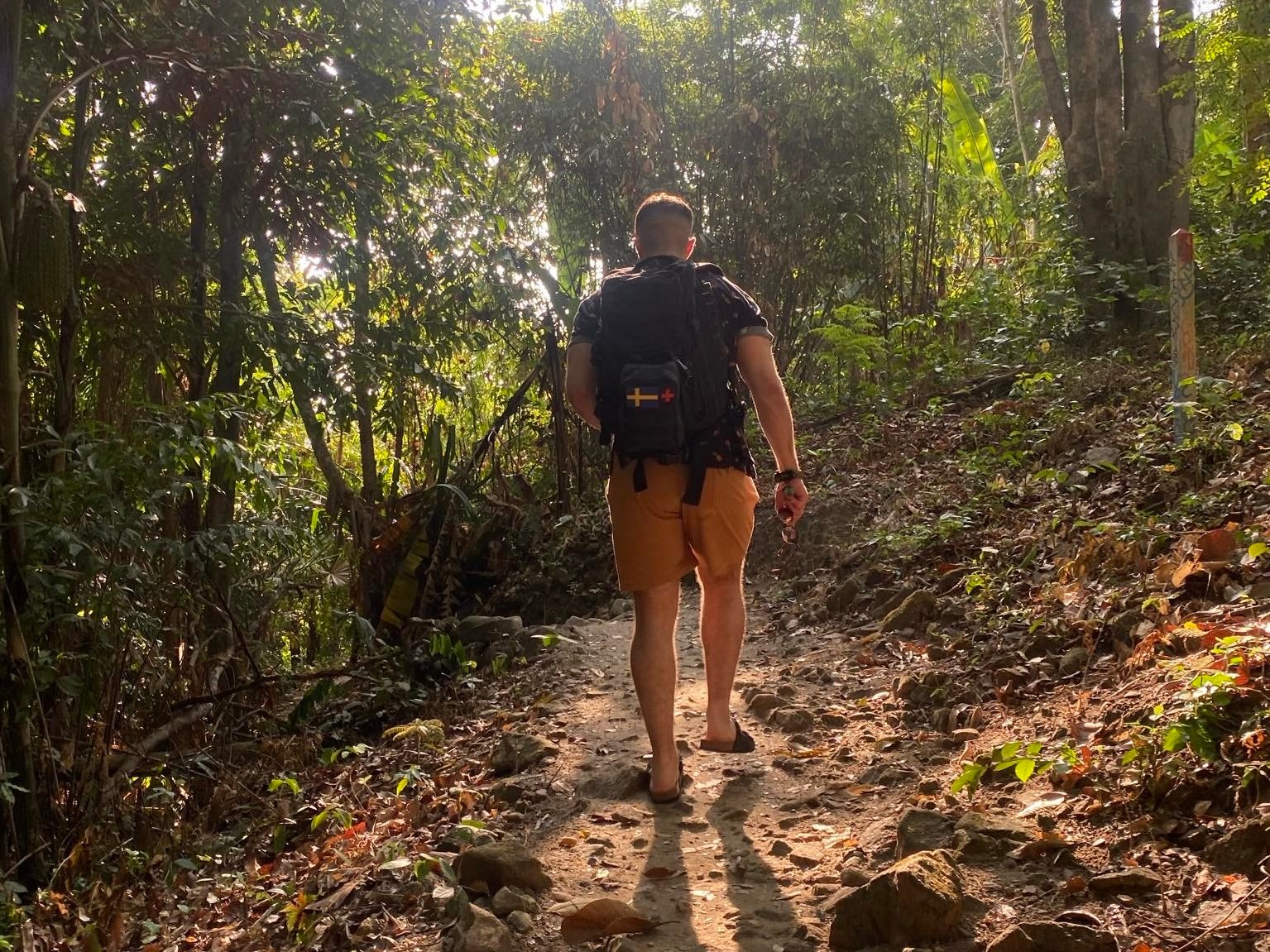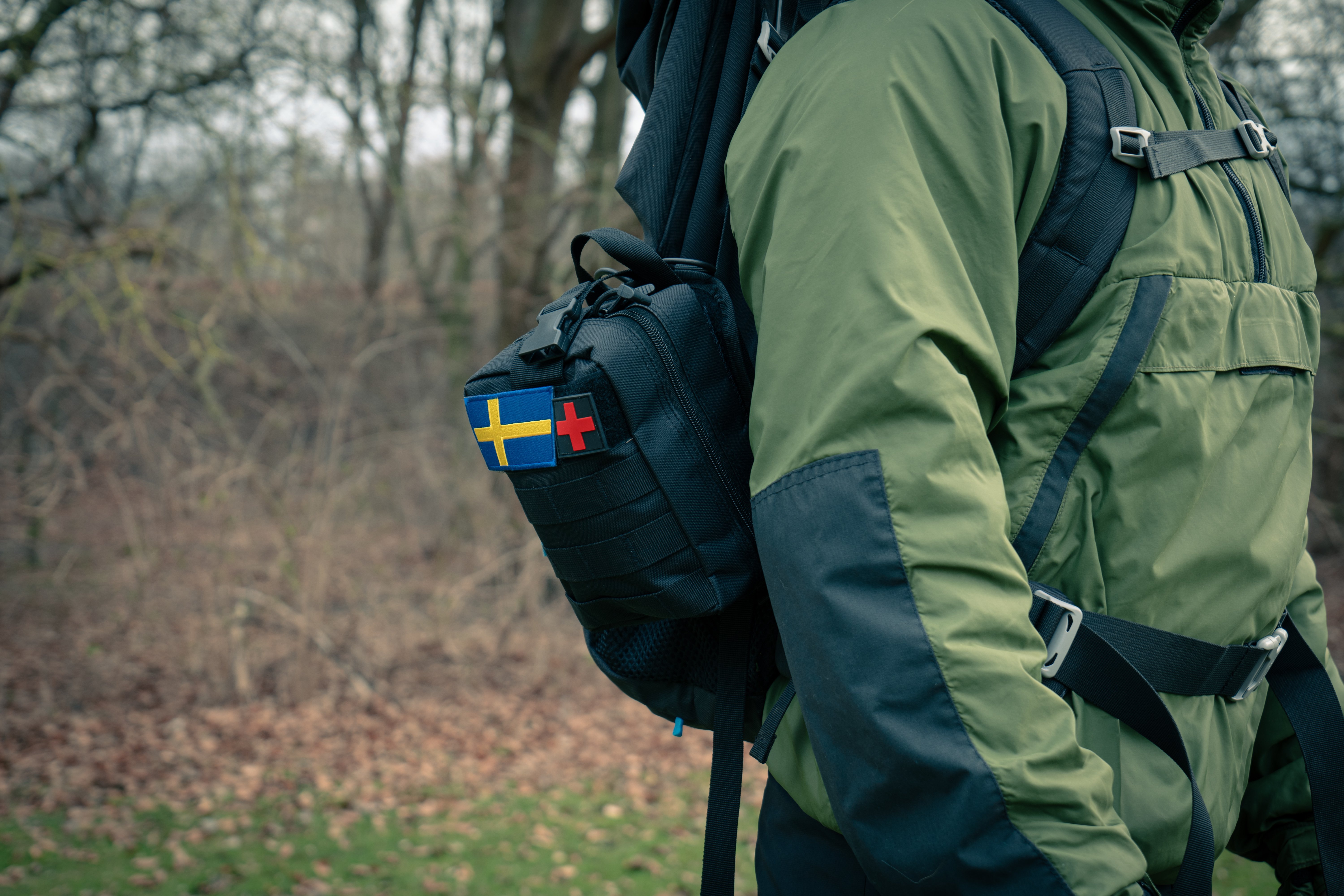Survival Fishing Kits: Essential Components, DIY Tips, and Expert Advice
When it comes to surviving in the wild, knowing how to catch your own food is a crucial skill. A well-prepared survival fishing kit can make all the difference between a successful foraging adventure and going hungry. Whether you’re an avid outdoorsman, a prepper, or just someone who loves the idea of self-sufficiency, having a comprehensive guide to survival fishing kits is essential. In this ultimate guide, we’ll explore the must-have components, share some DIY tips to personalize your kit, and offer expert advice to ensure you’re always ready for the unexpected. Dive in and discover everything you need to know to master the art of survival fishing.
Understanding Survival Fishing Kits
Definition
A survival fishing kit is a portable, minimalistic collection of fishing tools designed to provide essential resources for catching fish in emergency or survival scenarios. Unlike bulky fishing gear, these kits focus on efficiency and versatility to adapt to diverse and unpredictable environments.
Purpose
Survival fishing kits are invaluable in outdoor emergencies where conventional food sources are scarce. They are especially critical during activities like camping, hiking, or experiencing unexpected wilderness situations. By providing the means to secure a sustainable source of nutrition, these kits turn natural water bodies into potential lifelines.
Components Overview
Most survival fishing kits include fundamental items like fishing lines, hooks, sinkers, and lures. Optional enhancements such as multi-tools and pre-packaged bait expand their utility. The composition of these kits can vary, tailored to different fishing environments like rivers, lakes, or coastal areas.
